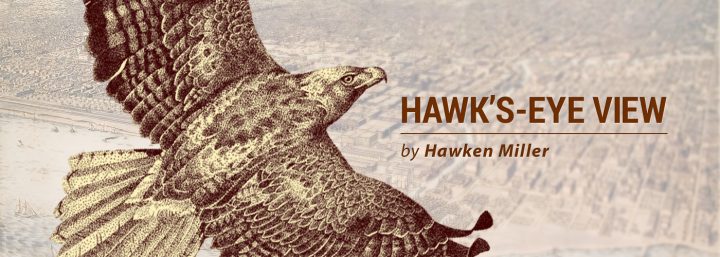Here’s How I Explain My Experience with Duchenne to Others

Duchenne muscular dystrophy is not easy for people to wrap their heads around. Most haven’t heard of the disease, which is rare and affects about 1.02 males ages 5 to 24 per 10,000 in the United States. When people see me walking, they might think, “He can still walk, so he must be fine.” If I’m in my wheelchair, they might wonder, “He’s in a wheelchair, so what can he do?” Defining my disease and how it affects my daily life will help to dispel any misconceptions that people might have about me and makes those around me more willing to help.
Explanations of Duchenne can include a lot of scientific jargon. I’m not a scientist, but I’ll try to give you a clear summary of why my body is different.
When I was younger, I simplified my condition when explaining it to others. I would say, “I have leg problems.” That answer seemed to do the trick when my friends and teachers in elementary and middle school commented on the size of my calves or my inability to run well.
I’m older now and less dependent on my parents, so I need to inform people about Duchenne. If they don’t understand my situation, how can they know how to help me? People are afraid of what they don’t understand. I don’t think I’m scary, but I might be for someone who knows nothing about disability or Duchenne.
Following is my explanation:
“Proteins are large, complex molecules in your body, which help healthy cells to function. Your genes, which are made up of DNA, provide instructions on how to make proteins and tell them what to do.
“In Duchenne muscular dystrophy, the gene that creates the dystrophin protein, which protects and strengthens muscle fibers, can mutate in more than 2,000 different ways, causing the body to produce little or no dystrophin protein. As a result, my muscles are weak and break down if I’m not careful with my movements. Exercise causes tiny tears in the muscles, which in healthy people repair themselves at rest. My muscles don’t rebuild, and they get weaker the more that I use them.”
You can use the above template to help you to describe your situation to friends, family members, and peers. I’ve found that once I explain my condition, people are eager to learn more about it. It may be helpful to have handouts, too, if you think that you won’t remember all of the science.
If people understand that you are literally destroying your muscles by overexerting yourself, they will be more than willing to help. They’ll also start to realize what you need before you ask. When I’m in a wheelchair, strangers usually know that I need assistance without my having to explain.
When you live independently, you will need to ask for help from your friends, family, and co-workers. Getting the explanations out of the way first makes it easier to interact with others and vice versa.
***
Note: Muscular Dystrophy News is strictly a news and information website about the disease. It does not provide medical advice, diagnosis or treatment. This content is not intended to be a substitute for professional medical advice, diagnosis, or treatment. Always seek the advice of your physician or another qualified health provider with any questions you may have regarding a medical condition. Never disregard professional medical advice or delay in seeking it because of something you have read on this website. The opinions expressed in this column are not those of Muscular Dystrophy News or its parent company, Bionews Services, and are intended to spark discussion about issues pertaining to muscular dystrophy.








David Hughes
Thanks, Hawkin, you're a true inspiration, not to mention a repository of factually useful information.
It is largely thanks to adult DMD patients such as yourself that the rest of us (I am merely a parent) can meaningfully find our bearings.
Sagar sood
Please latest treatment for Duchene muscular dystrophy